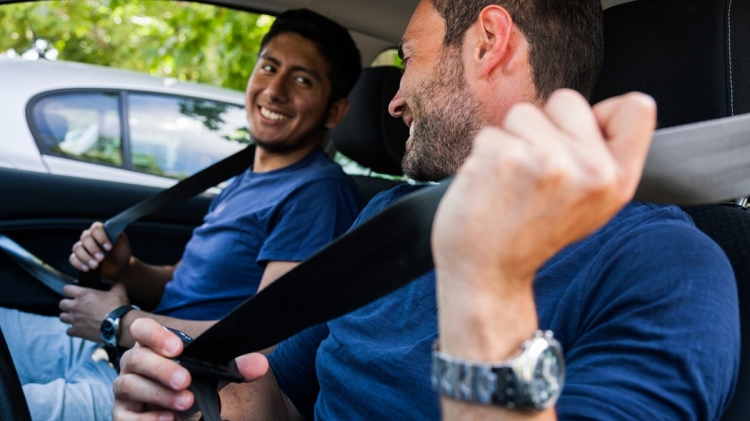Seat belt use and safety
Centers for Disease Control and Prevention (CDC)
Motor vehicle crashes are a leading cause of death among people between the ages of 1 through 54 in the United States - of both drivers and passengers. Of the 45,404 people killed in crashes in 2021, about 27,242 (or 60%) of these were passenger vehicle occupants. Passenger vehicles include cars, sport utility vehicles (SUVs), pickup trucks, and vans.
For adults and older children who are big enough for seat belts to fit properly, seat belt use is the most effective way to save lives and reduce injuries in crashes. Yet millions do not buckle up on every trip.
Learn about child passenger safety at this link: www.cdc.gov/child-passenger-safety/about/index.html.
Rural & Urban Differences in Seat Belt Use
In the United States, living in rural areas is associated with higher crash-related death rates for drivers and passengers, a higher percentage of deaths among those not buckled up at the time of the crash, and lower seat belt use in adults. See the Morbidity and Mortality Weekly Report (MMWR) here: www.cdc.gov/mmwr/volumes/66/ss/ss6617a1.htm?s_cid=ss6617a1_w.
Adult Seat Belt Use
Seat belt use has become the national norm, but rates of seat belt use vary widely from state to state. State rates of observed seat belt use ranged from 76% to 97% in 2022. Learn more here: www.sciencedirect.com/science/article/abs/pii/S0022437520300220?via=ihub.
Find links to the use of seat belt restraints for each state and the District of Columbia here cdctransportation.org/www.cdc.gov/transportationsafety/seatbelts/states.html.
Seat Belt Use in Front and Back Seats
Buckle Up – Every Seat, Every Trip. Seat belt use is significantly higher for people riding in the front passenger seat than for people riding in the back seats (92% and 76%, respectively, in 2022 for adults aged 25-69). Similarly, beliefs in the importance of seat belt use are higher for the front seat than the rear seat. Learn more here: www.sciencedirect.com/science/article/abs/pii/S002243751830690X?via=ihub.
